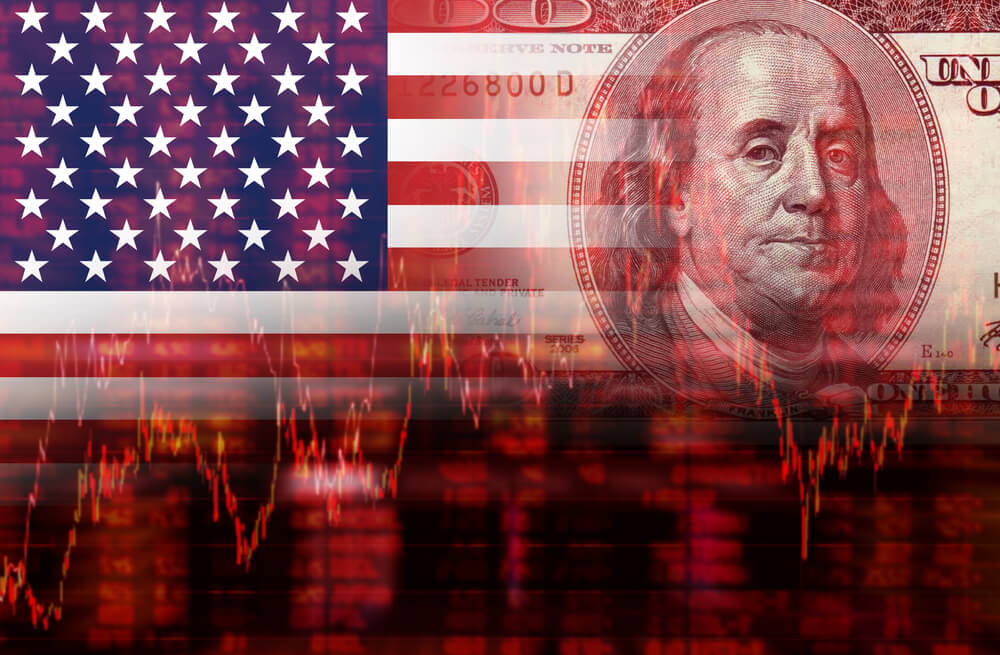If you think the stock market follows the economy, you could sooner or later find yourself in deep doodoo.
It’s actually the reverse: Stocks fall first. Then recessions don’t usually begin until months later.
This chart, based on the Russell 3000 index, tells it all.
In the Dot-Com Bust of 2000, we saw stocks crack many months before the recession began. Heck, the recession (gray area in the chart) didn’t pop up on the radar screen of economists until the market was about half way down. That was pretty darn late in the game.
In the Housing Bust, it was worse. The recession didn’t show up until the stock market had hit bottom and investors had suffered massive losses. By then, the game was already over.
A new, brilliant discovery? Hardly. Most serious analysts have known about this for a long, long time. My father told me about it when I first started my research company in 1971. He said he had learned it from his friends and contemporaries, like presidential advisor Bernard Baruch, back in the 1930s.
Is it weird that stocks sink before the economy stinks? Not at all. In fact, it’s because of three very logical, provable reasons:
Reason No. 1 — Far-sighted investors: The movers and shakers in the market don’t wait around for big bad news on the economy to be announced. They start selling based on early warning signs. They may be in the minority. But their selling is enough to tip the balance from bull to bear.
Reason No. 2 — Recessions are like some diseases: They incubate for months. By the time symptoms appear, test results are back, and the doctor makes a final diagnosis, the illness is already in an advanced stage.
Reason No. 3 — The clincher: Besides the economy, something else — a factor that most people ignore or underestimate — may have been driving up the stock market all along.
Surprised? You shouldn’t be.
It’s a force that we’ve been talking about all along, and we’re certainly not the only ones.
It’s a force that’s powerful and unprecedented.
And it’s force that’s now reversing from bullish to bearish.
You guessed it: The Fed’s massive $4 trillion in money infusions. From the outset, they have sugarcoated it with the not-so-cute term, “quantitative easing” (QE). But everyone knows what it really is: Money-printing presses run amuck.
If things in the market and the economy get truly ugly, could the Fed crank up the printing presses again?
Sure. But we don’t know when or how much. And besides, we don’t make forecasts based on forecasts. We make them based on DATA. And the data tells us unequivocally that, for now at least, the Fed is backing out of QE and raising interest rates.
In a recent Seeking Alpha post, Atle Williams makes this argument very clearly: The rising stock market is an indicator of monetary inflation, not economic growth. It is not sustainable. When monetary inflation slows down, the stock market must fall.
That’s why we use a model based on leading indicators (including monetary ones) to give us an advance warning.
Personally, I don’t aim to pick the exact top of the market. In fact, I actually prefer to wait for an initial break. Then, I seek to …
- Use rallies as an opportunity to shift to conservative stocks, lighten up and build cash …
- Put the cash in a safe money market fund or short-term Treasuries, and if needed …
- Hedge with specialized ETFs that go up when the market goes down.
I recommend you consider something similar.
Best,
Martin
